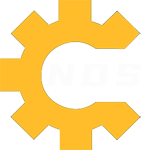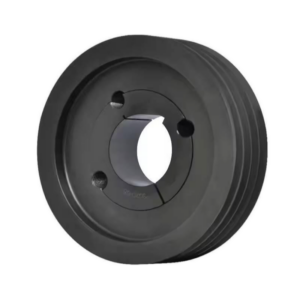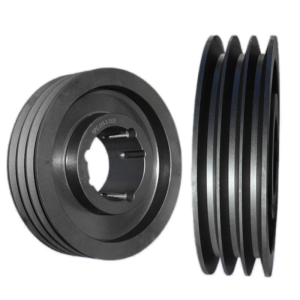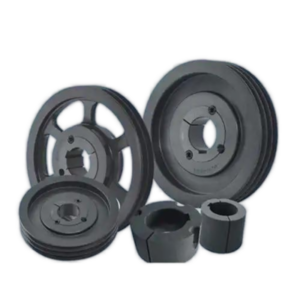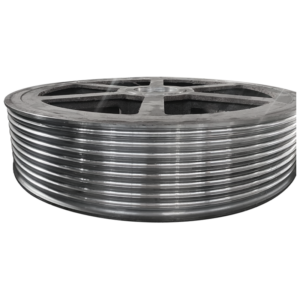Mechanical components are the building blocks of machinery and equipment, forming the backbone of engineering and industrial applications. Standardization of these components allows manufacturers, engineers, and suppliers worldwide to maintain compatibility, reduce costs, and ensure reliable performance. This article provides an overview of globally recognized standard mechanical components.
1. Bearings
Bearings are essential components that reduce friction between moving parts and support loads in machines. The most common standardized bearings include:
- Ball Bearings: Used for high-speed and low-friction applications. ISO standard: ISO 15, ISO 492.
- Roller Bearings: Designed for heavy radial loads. Standardized under ISO 281.
- Thrust Bearings: Handle axial loads, often standardized under ISO 104.
2. Fasteners
Fasteners such as bolts, nuts, and screws are crucial for assembling machinery. Global standards ensure interchangeability and safety:
- ISO Metric Fasteners: Defined by ISO 68-1 and ISO 898, covering thread size, pitch, and mechanical properties.
- Unified Thread Standard (UTS): Common in the United States, covering inch-based threads.
- DIN and JIS Standards: Used in Germany and Japan, respectively, for specialized fasteners.
3. Shafts and Couplings
Shafts transmit power, while couplings connect two shafts to maintain alignment:
- Standard Shaft Sizes: ISO 286 defines tolerances and fits for shafts and holes.
- Couplings: Types like rigid, flexible, and gear couplings often follow ISO 14691 or AGMA standards for design and torque ratings.
4. Gears
Gears transmit motion and torque between rotating components:
- Spur Gears: Standardized by ISO 53.
- Helical Gears: Covered under ISO 1328 for tooth geometry and accuracy.
- Bevel and Worm Gears: Standardized designs ensure proper meshing and load distribution.
5. Seals and O-Rings
Sealing components prevent leakage of fluids and contaminants:
- O-Rings: Standardized by ISO 3601 for size and tolerances.
- Mechanical Seals: ISO 3069 specifies dimensions and materials for rotating equipment.
6. Springs
Springs store and release energy in machines:
- Compression Springs: Standardized by ISO 10243.
- Tension and Torsion Springs: Follow ISO 2160 or ASTM standards.
7. Belts and Chains
Power transmission belts and chains are widely used in machinery:
- V-Belts and Timing Belts: Standardized by ISO 5292 and ISO 5293.
- Roller Chains: ISO 606 specifies dimensions, pitches, and tensile strengths.
Importance of Global Standardization
Standardized mechanical components offer several advantages:
- Interchangeability: Parts from different manufacturers can be used without modification.
- Cost Efficiency: Mass production and reduced design complexity lower costs.
- Quality and Safety: Consistent standards ensure reliability and compliance with international safety regulations.
In conclusion, global standards play a critical role in modern manufacturing and engineering. Knowledge of these standards is essential for engineers, designers, and procurement specialists to ensure that machinery performs reliably across borders and industries.
